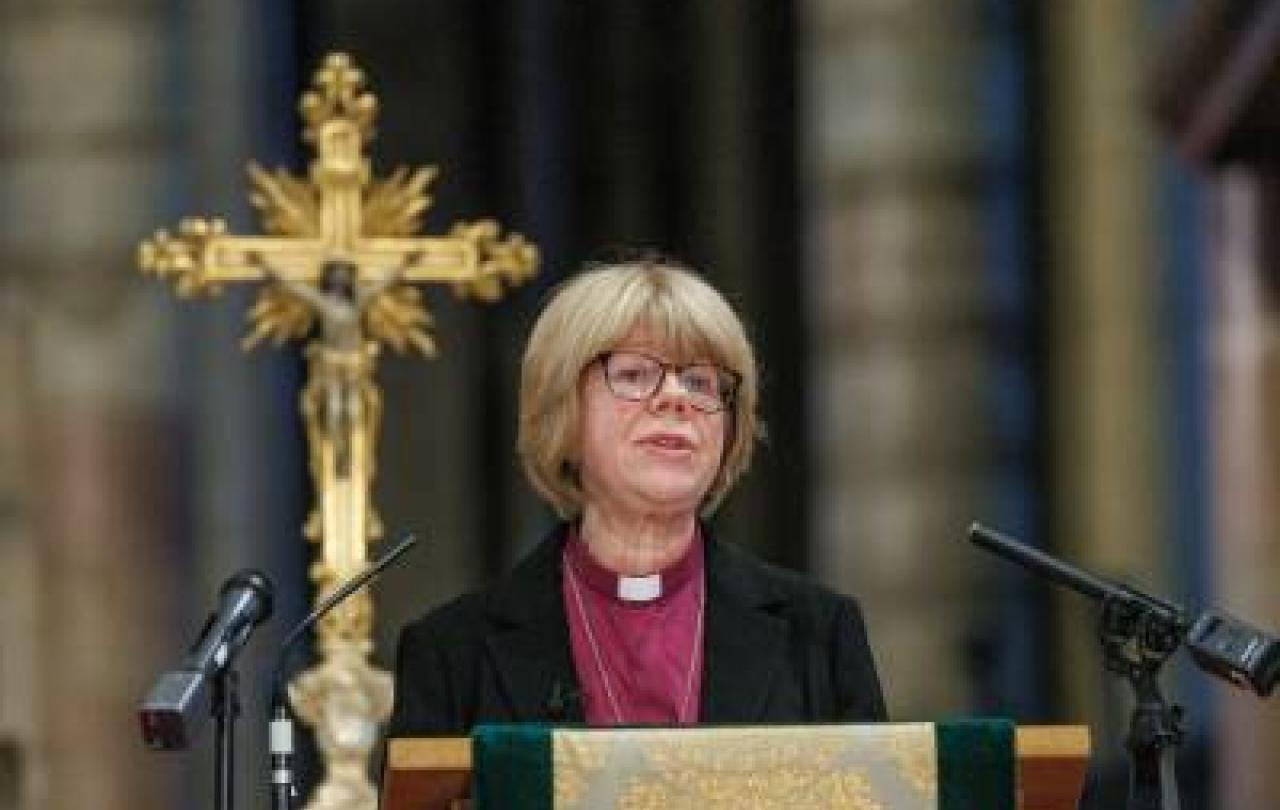
Sport was once something you did for fun. Now it has become one of the world's great industries. 'Sportswashing' is a thing now - nations buy up clubs, franchises or invest in sporting ventures from LIV golf to football clubs to Formula One, to make their regimes look good.
But why is it that sport engages us so? Why do we bite our nails as the ninetieth minute draws near, we are only 1-0 up and the opposition threatens to score an equaliser any minute? Surely it is because this is one area of life where the outcome remains stubbornly out of our control.
You can never quite predict the result of any match. And the best games always exist on that knife edge. This summer, after five Ashes Tests, with five days for each Test, 3 sessions a day, so 75 sessions of cricket in total, when the players went into the very last session with the result of the whole series still in the balance, it was the best of sporting enjoyment, precisely because no-one could predict what would happen.
And the exceptions to that statement prove the rule. When the result is almost certain - if Manchester City were to play Forest Green Rovers for example - then it takes the fun out of it. In fact, much of the disillusionment that creeps into modern sport comes when money appears to skew the unpredictability of it all. When clubs are backed with the resources of an entire Gulf State in an attempt to control the outcome of a league by the use of something not intrinsic to sport itself, then something seems wrong.
A couple of years ago, the German sociologist Hartmut Rosa wrote an intriguing book called The Uncontrollability of Life. Modern life, he argued, is marked by a drive to master and control as much of the world as possible. We manage the economy to try to ensure constant growth; we corral all the information we can, so it sits in our pockets available at any moment; we minimise risk by actuarial calculations; we develop algorithms that deliver exactly the content that the consumer wants. When we see a mountain, we want to climb it; when we get on the scales we want to lose weight; when we have a headache want to get rid of it. Life has become an endless to-do list. We try to control life from birth through to death, through contraception and abortion, managing our children’s education to ensure success in life, even trying to control death by ‘assisted dying’ that enables us to choose the time and manner of our own demise.
We try to manage and control everything, but life, and joy, remain elusive and tantalisingly out of our control.
And yet, he argues, it is the very unpredictability and uncontrollability of life that makes it interesting. It’s when we are surprised – by a sudden fall of snow, or by the smell of freshly cut grass, or a joke that makes us laugh – that we feel the delight and joy of life. If we were able to make it snow whenever we chose – as when a machine pumps out fake snow in a ski resort going through a warm spell – there is no great enchantment in that. If we knew the result of every football match before it started, there would be little point in playing at all.
We try to manage and control everything, but life, and joy, remain elusive and tantalisingly out of our control. You can pay for tickets to a concert but never quite know whether the music will stir your soul or leave you cold. You can pay for a holiday but can’t ensure it doesn’t rain, that there isn’t a ten-mile traffic jam on the way, or that the neighbours in the next apartment aren’t noisy.
Yet it is exactly the moments that we don’t control that make life worth living – chancing on an unexpectedly stunning sunset, meeting a friend by surprise, falling in love, hearing a new song that touches your heart. And the point is you can’t control these things. If you could, they would lose the magic.
And that, Rosa says, is the problem and tension at the heart of modern life. On the one hand we try to control everything, to make the world safer, more fair, more predictable. And that’s not a bad thing. We want to make the world more just, to eliminate random accidents or stupid mistakes. Yet the more we control, the more we evacuate the world of what makes it enchanting and enthralling.
Yet it’s more than just unpredictability. We need, he suggests, to feel that the world out there responds to us, ‘calls us’, talks back to us in some way - so that we feel what he calls ‘resonance’ with it. We need to establish a relationship with the world, or events that happen to us, that lies somewhere between us controlling everything, or us being totally at the whim of what is out of our control.
Wisdom, it seems, comes from getting the boundary right between the controllable and the uncontrollable.
Perhaps in the infancy of the human race, we were totally at the mercy of climate, wild animals, infertile soil, struggling to survive against the odds. Now we are in danger of going to the other extreme of trying to manage everything, so the world becomes an inert, controlled, docile thing. Wisdom, it seems, comes from getting the boundary right between the controllable and the uncontrollable.
It's a fascinating and persuasive analysis of modern life. But let me take his thought a little further.
If we need the world to be responsive to us, for it to surprise us by ‘talking back’ as it were, it is hard to imagine such a thing happening if the world is simply an inert substance with nothing behind it. However much we may want a responsive relationship with the world, it is difficult to conceive of this on a purely materialist understanding of things.
For all the new age talk of ‘mother earth’ or the ‘Gaia hypothesis’ which attributes some kind of will and intention to the earth, surely we can only have a relationship with the world if there is someone (not just something) there to have a relationship with, some mind, heart or intelligence behind it all. After all, even the Greeks thought Gaia was not just another word for planet earth, as modern ecological secularists have it, but a god who shaped the universe to her liking. If it’s true that we flourish best when there is a resonant, reciprocal relationship between us and the world outside, then does it not make more sense to believe there is someone, not just something out there, calling to us, responding to us?
Even more, what if the world is a cold, heartless, meaningless place? What is there is no order or structure behind it? What if it is coldly indifferent to us and our plight? If we are to establish a relationship with what is out there, rather than being at the mercy of it, or seeking to control it, then we need to be able to trust that what we are reaching out to is at least friendly to us. Rosa’s optimistic outlook, beckoning us to resonance, a relationship of mutual discovery, able to be touched or moved by the world, seems to assume that what we will discover out there is fundamentally to be trusted rather than feared.
Christians have always held that behind the appearance of things, there is someone out there to ‘talk back’ to us, with whom we can resonate, and that that ‘someone’ is fundamentally good, because, despite the confusion of the world, the mixed messages it sends us due to its brokenness, we have seen the clue to what lies behind the mystery in the face of Jesus Christ.
Living in this unpredictable world, one where we cannot control everything (nor should we try to) means, as Rosa points out, learning to accept it, not getting frustrated when we can’t control everything; learning the ability to take the vagaries and vicissitudes of life as they come, without getting angry or annoyed. Yet we can only do that with a degree of confidence when we can trust that what is out of our control is ultimately under the hand of a God who has our best interests at heart.
I may not be able to predict the result when Bristol City play on Saturday afternoon. Much as I'd like to, I’m actually glad I can’t as it would hardly be worth watching. But it makes a difference when I can trust that behind the changes and chances of what happens to us (and this, thankfully, stretches far beyond football) there is a mind and a heart that knows me and cares what happens to me – and not just me, but my neighbour and the future of the entire universe.





